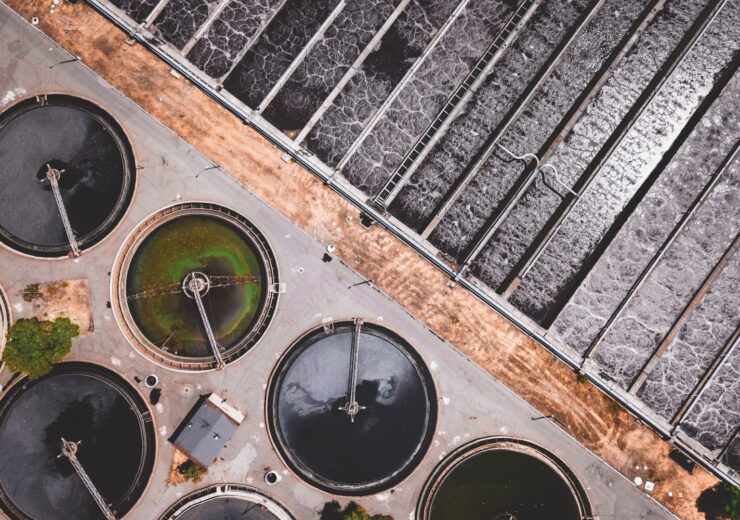The loan will support Miami-Dade County in upgrading three of its wastewater plants

US EPA supports Miami-Dade County to upgrade water infrastructure. (Credit: Unsplash/Ivan Bandura.)
The US Environmental Protection Agency (EPA) has agreed to provide a $235m Water Infrastructure Finance and Innovation Act (WIFIA) loan to Miami-Dade County to improve and expand its wastewater treatment facilities.
The loan from the US EPA will be used by Miami-Dade Water and Sewer Department (WASD) to upgrade three of its wastewater treatment plants.
The upgrades are expected to bring system-wide capacity flexibility, helping it fulfill state and federal requirements, while contributing to the wastewater treatment plants to be more robust and resilient so that can be operated continually even during severe weather events.
The expansion of WASD’s South District Wastewater Treatment Plant (SDWWTP) will increase its permitted treatment capacity from 112.5 million gallons per day (MGD) to 131 MGD annual average daily flow, while increasing the peak hourly flow capacity of the facility.
Miami-Dade County will also build new municipal injection wells at the North and Central District Wastewater Treatment Plants (WWTPs).
The total upgrades cost nearly $480m, of which EPA has contributed $235m
The South District Wastewater Treatment Plant Expansion and North and Central District Injection Wells Project are expected to cost about $480m.
While EPA’s WIFIA loan $235m has been secured, the remaining amount will be financed by the Florida Clean Water State Revolving Fund.
EPA Administrator Andrew Wheeler said: “Today, we commemorate the third low-interest WIFIA loan to Miami-Dade County —providing a total of $660 million to finance projects costing over $1.3 billion — in less than two years.
“President Trump’s EPA is collaborating with local partners to tackle the most pressing water challenges, while at the same time saving rate-payers $200 million and creating more than 500 jobs.
“The benefits to Miami-Dade County include reducing excess nutrients, improving the water quality in Biscayne Bay, and supporting the county’s efforts to promote water reuse.”
